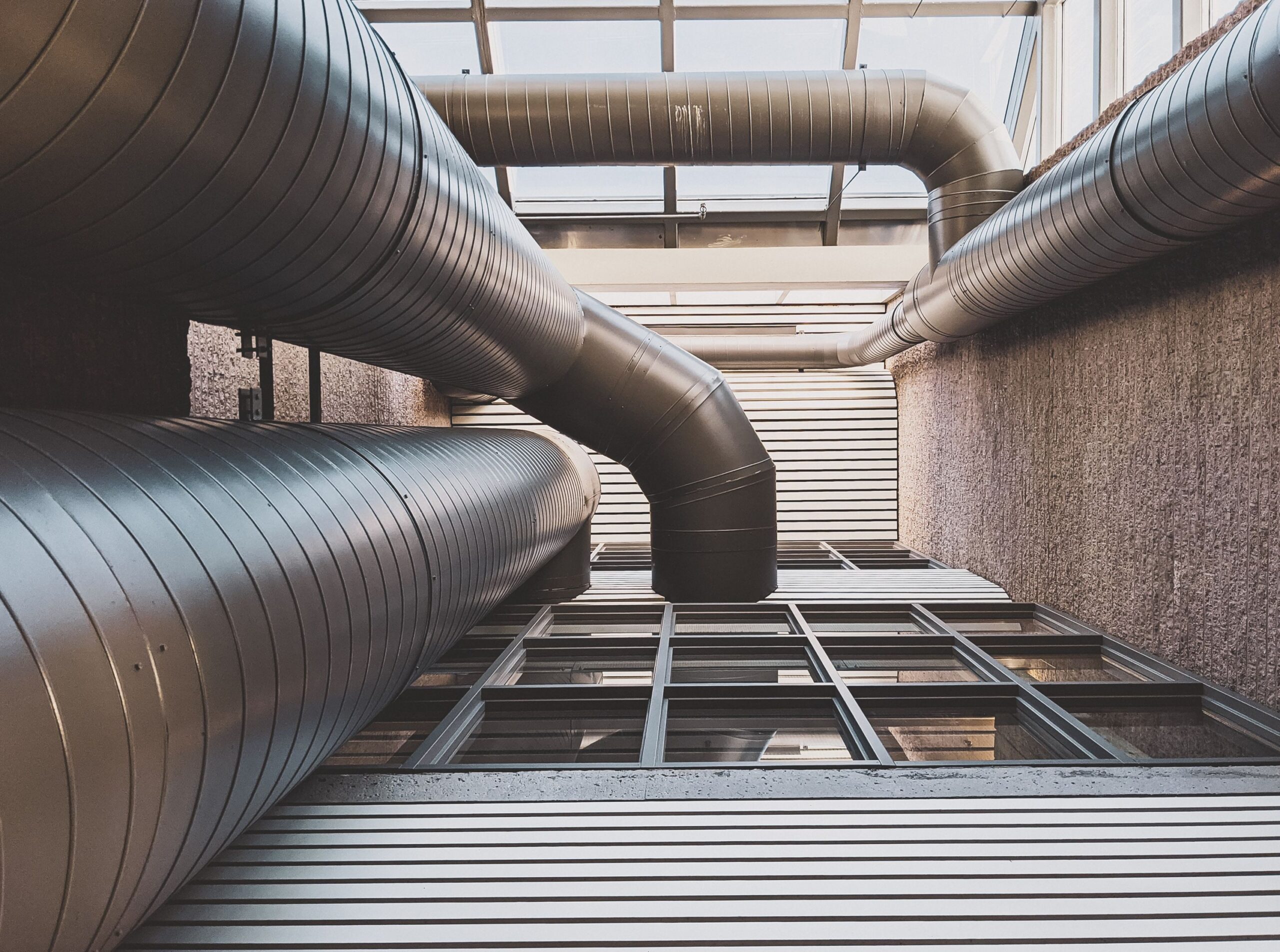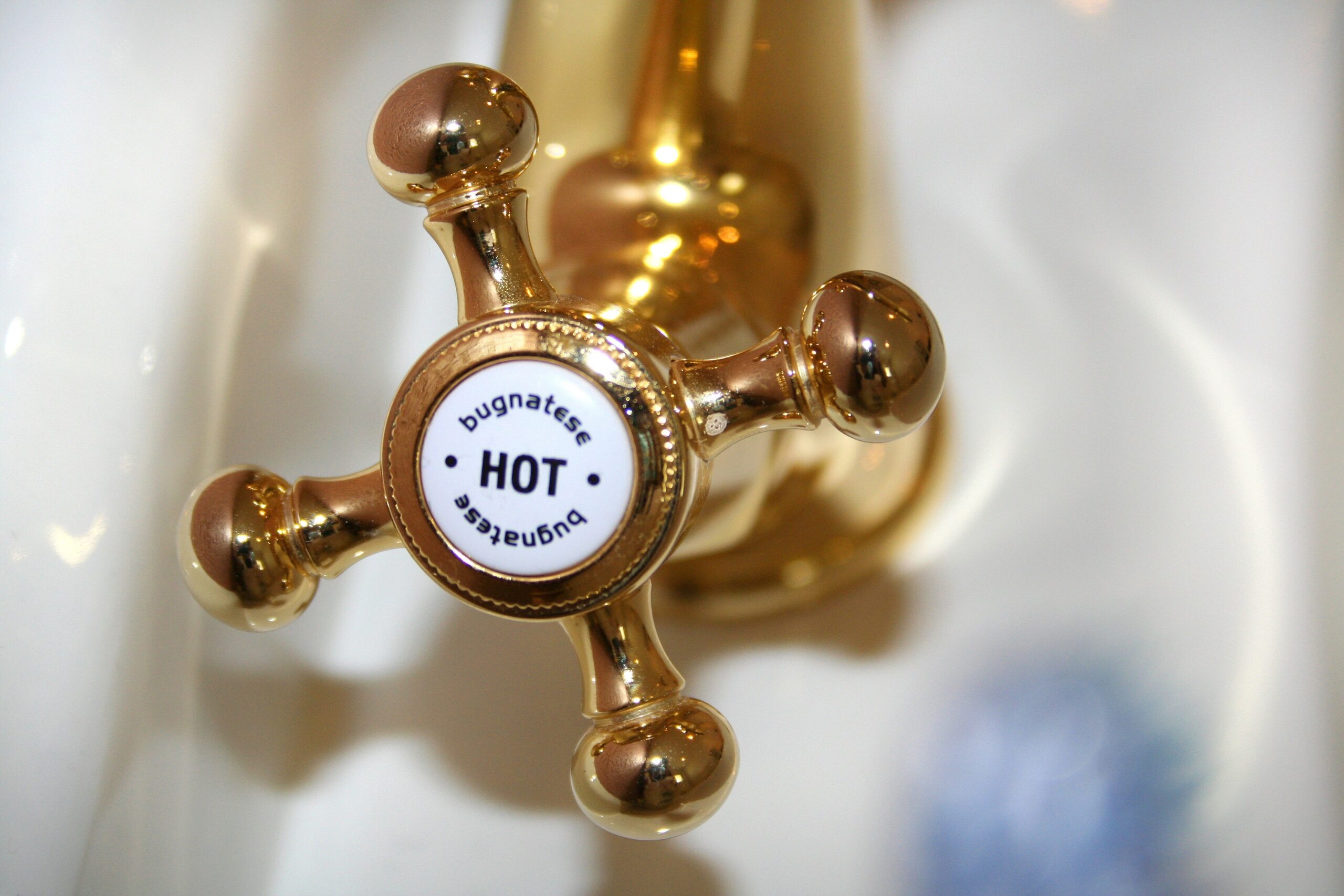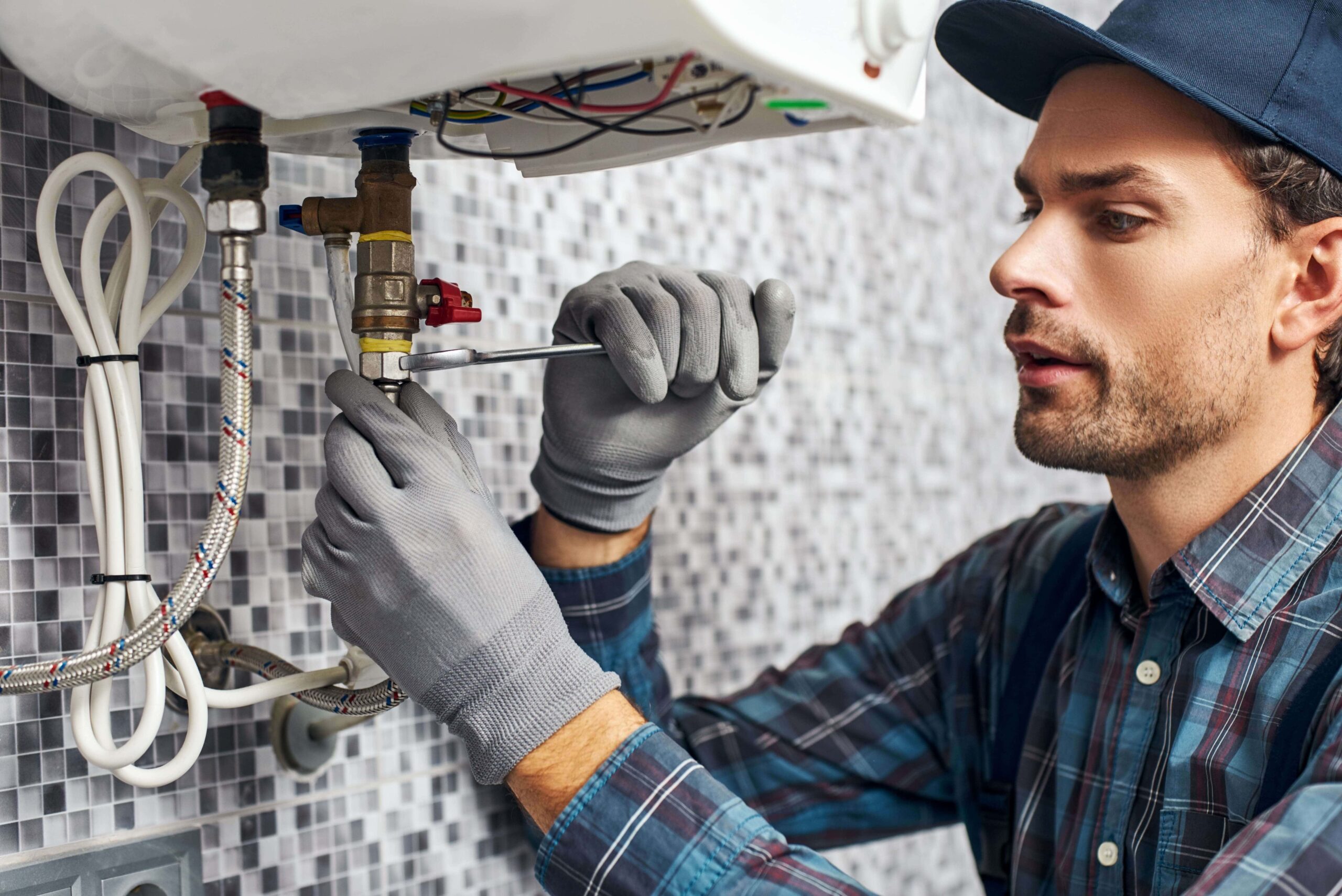As a business owner or a landlord, you’re responsible for the health and safety of your tenants. The duties can seem overwhelming, particularly if you’re inexperienced in fire safety. Luckily, Kiasu Workforce is here to explain everything you need to know about fire doors. In this guide, we’ll cover your legal responsibilities and advice to help you safeguard your property.
What Is A Fire Door?
In straightforward terms, a fire door is a structure that will restrict the spread of flames. In day-to-day operations, they’ll act like a typical door, but they’re composed of material that is heat resistant. Fire doors can be critical in passive fire protection, giving staff longer to escape a fire since the spread is restricted. Both internal and external options are available, and they should always be kept closed in case of emergency. A fire risk assessment will help you determine suitable placement for fire doors.
How Do Internal Fire Doors Work?
Internal fire doors are fitted throughout domestic and commercial buildings to contain a fire. Fitting fire doors throughout your premises create separate zones of passive fire protection. You would restrict fire to one section of your building before it could reach anybody else. Any door that is declared fit as a fire door comes alongside a rating to indicate how long they’ll last before they burn through. An FD30 rating means your staff or occupants would have thirty minutes to evacuate before the material gives way.
How Do External Fire Doors Work?
An external fire door slightly differs in function from an internal. External doors are primarily installed for an easy escape, so they needn’t be kept closed all the time. Additionally, exterior doors needn’t have fire-resisting properties since they aren’t stopping fire spread between rooms. Some external fire doors present a security issue because they need to be unlocked and accessible. So you maintain security, exterior fire doors can be alarmed to prevent intrusion.
Do I Legally Require Fire Doors?
Working fire doors are a requirement by law in any commercial property, and they are critical in effective fire stopping. Fire exit recommendations state that every part of your premises should have two independent escape routes. You may find large rooms require two fire doors.
How Often Should I Examine My Fire Doors?
Under the Regulatory Reform Fire Safety Order 2005, fire doors need to be inspected and maintained once a year at a minimum. Depending on your premises, the responsible person managing the property is encouraged to decide how often fire safety inspections feel appropriate. In busy buildings with constant activity streams, such as schools and shared office spaces, monthly checks are more sensible than annual.
Off the record, you can check your fire doors as often as weekly. A quick glance-over of any fire stopping equipment could catch damage before it escalates and save countless lives in an emergency.
Can I Complete My Own Fire Door Surveys?
Yes, you can complete your assessments independently. You’ll need to cover numerous concerns during your surveys, even the informal weekly checks. Note faulty hinges, broken smoke seals, incorrect signage, and any visible faults to the door that could compromise its strength. If you aren’t confident you’ll recognise indistinct weaknesses, arrange for a professional assessment.
As mentioned previously, once a year is the legal requirement to review each door, but a lot can change in those twelve months. You must get your fire doors professionally serviced and repaired if you note any damage.
Do I Need Professional Assistance?
Fire door installation is a process to take seriously. Any gaps around your internal or external doors could threaten your staff’s lives in an emergency. Contact us at Kiasu Workforce to arrange fire safety support from our London-based team.




